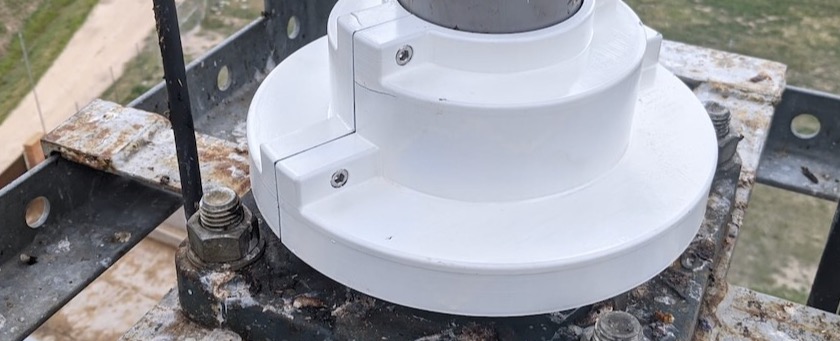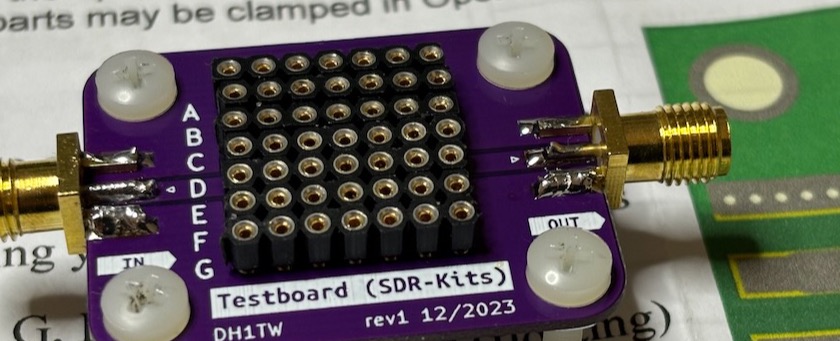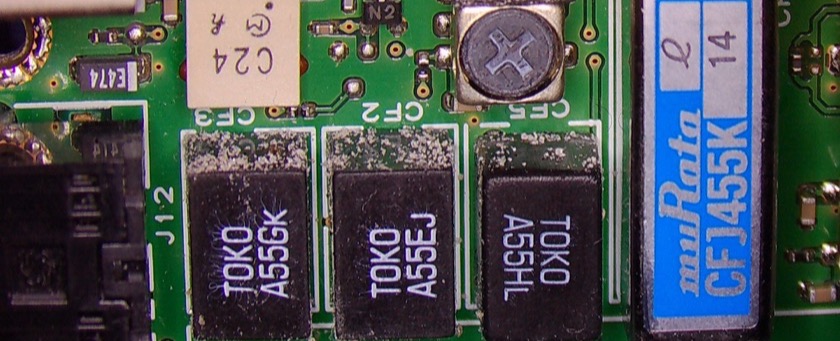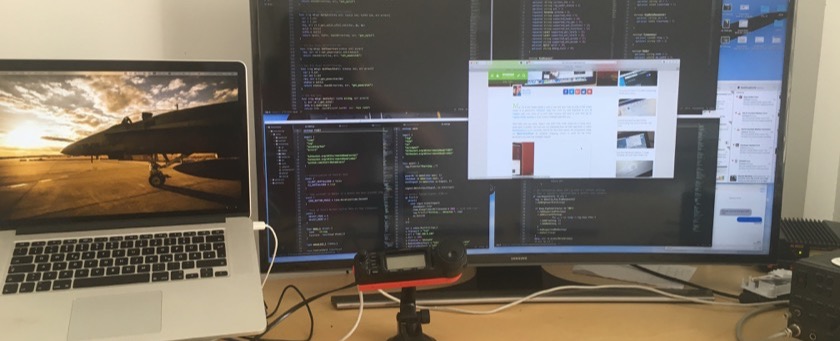My standard development environment was for some years a 24" standard HD monitor
together with the 15" Retina display from my Macbook Pro. Recently I felt more
and more frustrated about continuous window tabbing. The available screen estate
was just not enough anymore.
In my search for a bigger screen, I wondered if it wouldn’t be possible to use
a 4k TV instead of a pair of > 28" PC monitors. The advantage of the 4K display
is of course its resolution of 3840px x 2160px and much more affordable price
than a comparable set of PC monitors.
There are several things to consider when upgrading to 4k displays, but in my
case, everything worked out well - almost out of the box. I couldn’t be
happier with the result!
Continue reading






